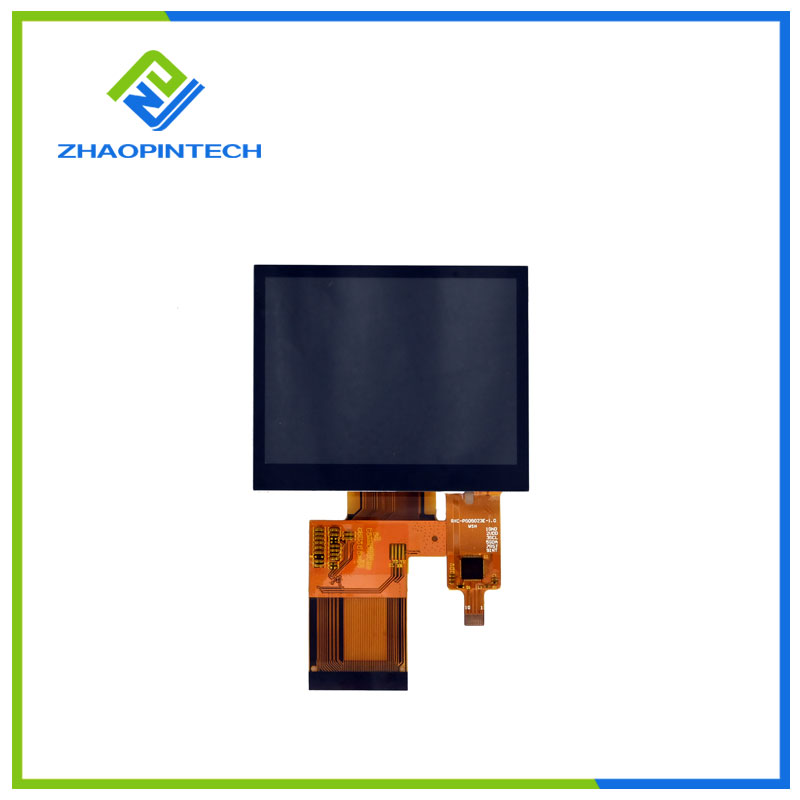Characteristics of LCD Touch Screen
2023-11-07
An LCD touch screen, or Liquid Crystal Display touch screen, is a type of display technology combined with touch-sensitive input capabilities. It allows users to interact with electronic devices by directly touching the screen to manipulate objects, select options, input data, and perform various tasks. LCD touch screens are commonly used in smartphones, tablets, laptops, computer monitors, kiosks, point-of-sale systems, information panels, and many other applications. Here are the key features and characteristics of LCD touch screens:
1. Display Technology: LCD touch screens are based on Liquid Crystal Display (LCD) technology, which is responsible for generating and displaying images or content.
2. Touch-Sensitive Overlay: A touch-sensitive overlay, often made of a transparent or translucent material, is placed over the LCD panel. This overlay can be resistive, capacitive, infrared, or other touch technologies.
3. Multi-Touch Support: Many LCD touch screens offer multi-touch functionality, allowing users to use multiple fingers or gestures simultaneously. This enables features like pinch-to-zoom and rotation.
4. Resistive Touch Screens: Resistive touch screens consist of two flexible layers that press together when touched. They are pressure-sensitive and can be used with a finger, stylus, or any object.
5. Capacitive Touch Screens: Capacitive touch screens use the electrical charge of the human body to detect touch. They are more sensitive and provide a smoother and more accurate touch experience. They are commonly used in smartphones and tablets.
6. Infrared Touch Screens: Infrared touch screens use an array of infrared light beams to detect touch points. They are often used in larger displays, such as interactive whiteboards.
7. Projected Capacitive (PCAP) Touch Screens: PCAP touch screens are a type of capacitive touch technology that offers high sensitivity and responsiveness. They are commonly found in modern smartphones and tablets.
8. Resistive vs. Capacitive: Resistive touch screens are pressure-sensitive and can be used with gloves or any object, but they may not provide as precise or smooth touch control as capacitive screens.
9. Durability: LCD touch screens are designed to withstand repetitive touch interactions, and they are often built with protective glass or coatings to resist scratching and damage.
10. Resolution: The quality of the LCD panel impacts the display's visual quality and resolution. Higher-resolution displays offer crisper and more detailed visuals.
11. Brightness and Viewing Angles: LCD touch screens typically offer adjustable brightness levels and wide viewing angles for readability in various lighting conditions and from different positions.
12. Application Diversity: LCD touch screens are used in a wide range of applications, including smartphones, tablets, laptops, interactive kiosks, information displays, gaming consoles, industrial control panels, and medical devices.
LCD touch screens have revolutionized the way we interact with electronic devices. They have become a ubiquitous interface for smartphones and tablets, and they are increasingly prevalent in various industries due to their versatility and user-friendly nature. The choice of touch technology, such as resistive or capacitive, may depend on the specific application and the desired user experience.



